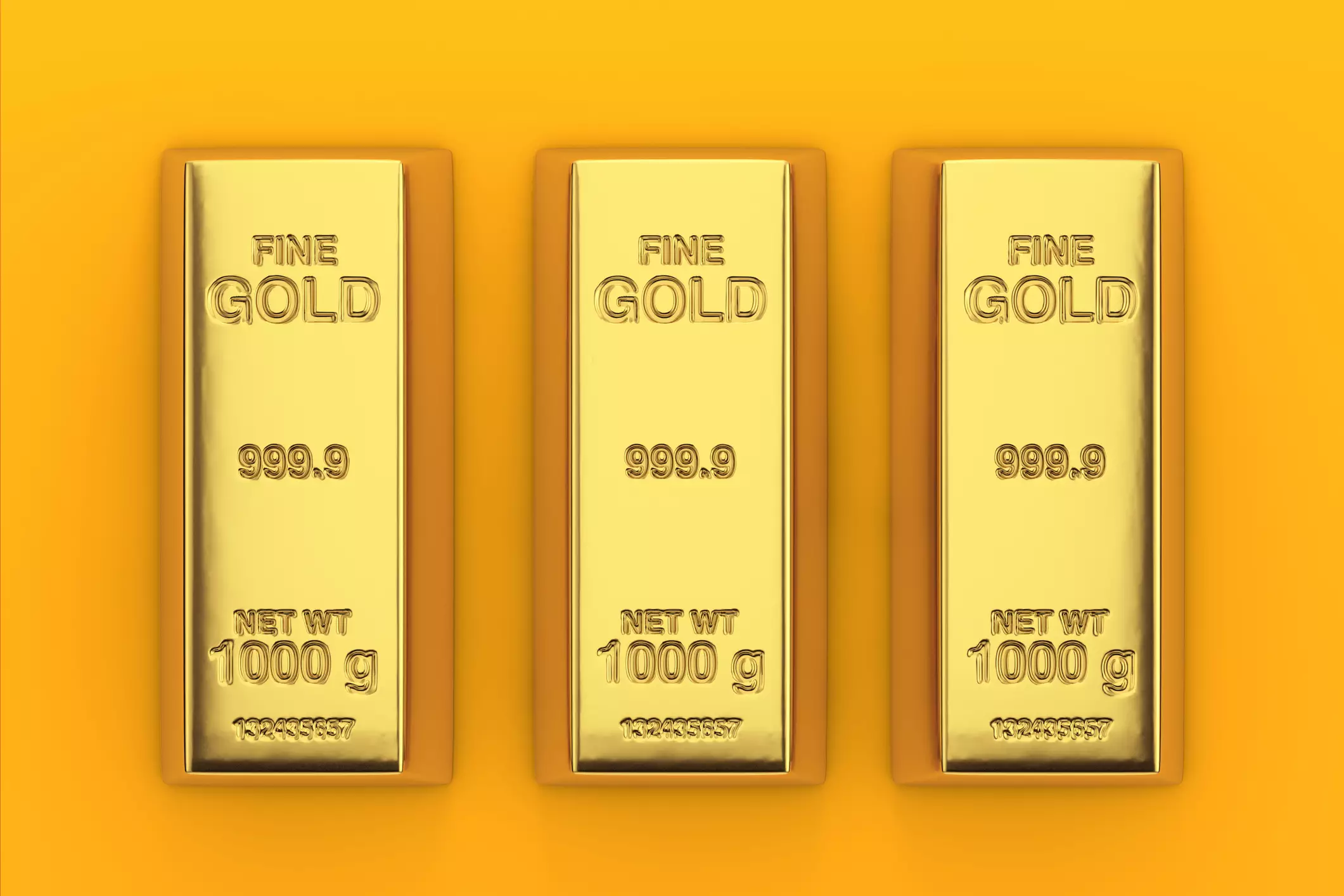In recent weeks, the precious metal gold has experienced a striking resurgence, culminating in a historic price of over $2572 per troy ounce in the spot market. This surge is not just a fleeting moment; it has been part of a broader upward trend that has seen prices rise nearly 3% in just a week and an impressive 25% since the start of the year. As other investment avenues like major stock indices falter and base metals decline, gold’s ascent is noteworthy. Analyzing the factors leading to this significant event reveals a complex interplay of market dynamics, investor sentiment, and economic indicators.
Gold’s recent performance reflects a classic pattern in technical analysis known as a “rising bullish wedge.” After a three-week consolidation phase characterized by a cautious upward bias since April, gold’s breakout has raised eyebrows in financial circles. The previous prolonged consolidation period likely alleviated previous overbought signals—essentially, it reset investor expectations and sentiment. By overcoming the upper boundary of the wedge formation, gold exhibits strength that suggests further increases may be feasible.
Forecasts indicate a potential rise toward the $2660 mark, approximately $100 more than recent prices, driven partly by stop-loss orders that could spur rapid buying if certain key levels are breached. This speculation has the market buzzing, especially in anticipation of an active trading session in the U.S. That said, the excitement could also invite profit-taking from sellers who aim to capitalize on the heightened prices. Herein lies a paradox: while the optimistic indicators prepare the ground for further upside, they simultaneously encourage a wave of cautious sellers who might weigh down the market.
In assessing gold’s price movements, one cannot ignore its performance relative to other currencies, notably the euro. Earlier this year, gold struggled against a resistant horizontal barrier around the €2300 mark. However, a decisive breakthrough occurred in September, marking a pivotal junction. This movement was not merely technical; it reflects a broader sentiment shift among investors towards gold, arguably as a hedge against inflation and economic turbulence amid rising interest rates on bonds.
As bond interest rates decline, gold seems to regain its luster, drawing retail investors back into the fold. The correlation between easy monetary policies—which are anticipated with the Federal Reserve’s upcoming rate announcement—and gold demand cannot be overstated. Potential cuts could serve as a cathartic moment for the market, further energizing bullish sentiment and heightening speculative fervor.
It’s worth contemplating the lessons history offers regarding Fed actions and gold prices. In 2015, anticipation surrounding a Federal Reserve rate hike resulted in a protracted decline in gold prices, peaking on the day of the hike itself. The market dynamics seem poised to repeat themselves; if the Fed does not signal a more dovish trajectory than anticipated, we might witness similar patterns of long-term profit-taking among investors, who could quickly pivot from bullish to bearish sentiment.
This historical backdrop enhances our understanding of gold’s current trajectory while emphasizing a cautious approach for investors. It’s essential to remain vigilant and adaptable to sudden market shifts that could stem from broader economic announcements or shifts in Federal Reserve policy.
Gold’s recent ascent is a product of technical developments, economic considerations, and historical lessons. As the market stands at a crossroads, observers must keep a close eye on the interplay of these elements while remaining ready to adapt to the unfolding narrative of this revered commodity. The road ahead could be fraught with volatility, but one thing remains clear: gold’s appeal as a safe haven continues to resonate in uncertain times.


Leave a Reply